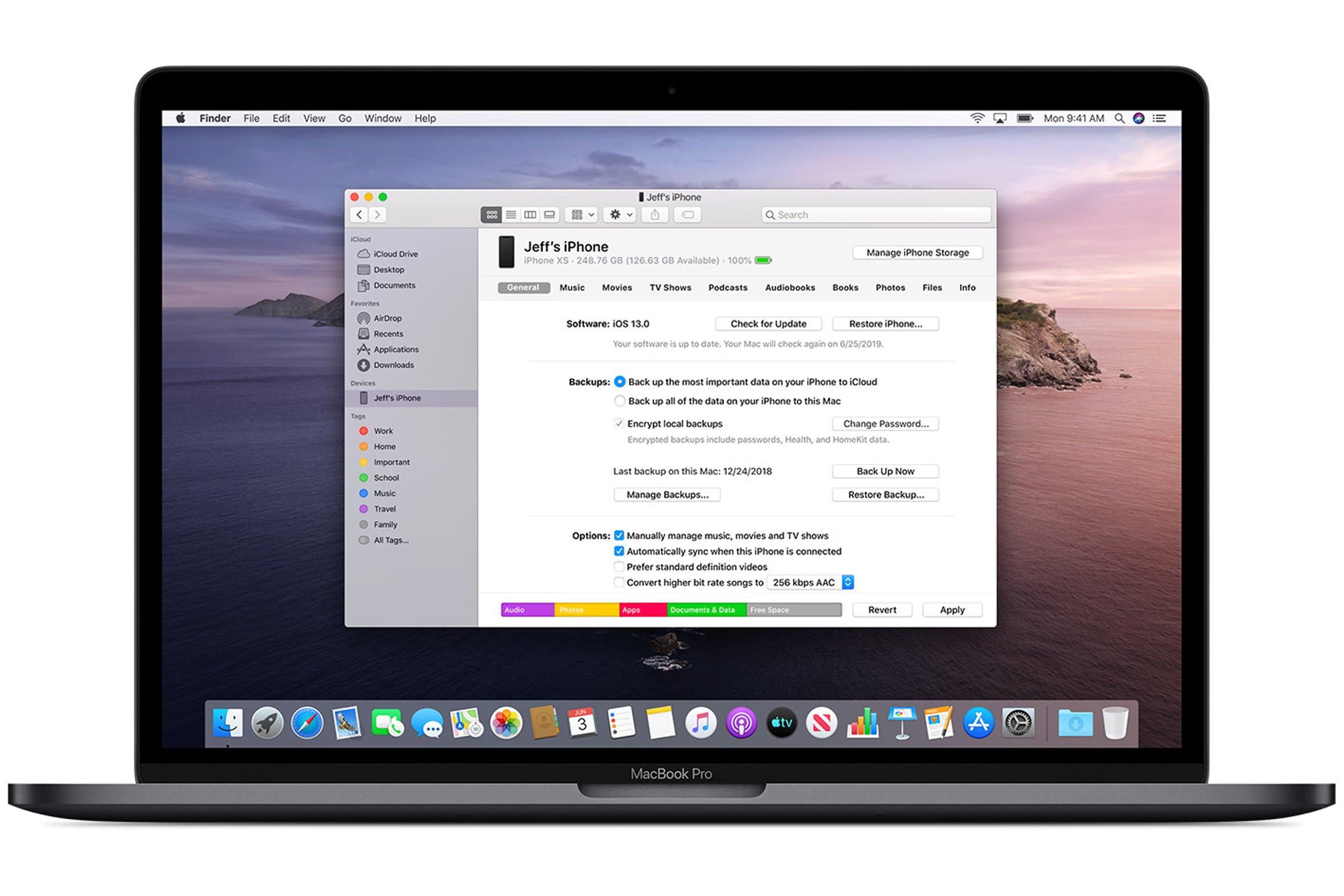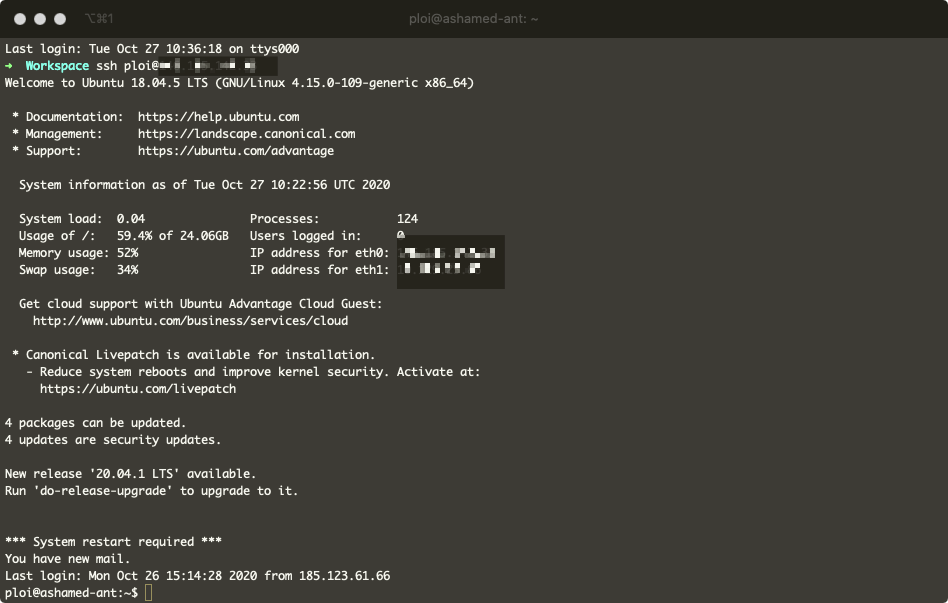

Similarly the directory foo must also be owned by root and only writable by root. The root directory (/) needs to be owned by root, and only writable by root. If root is disabled on your system, you can use sudo or ‘sudo su’ to root.Īn important restriction for this to work, is that where ever your files exist on the computer the path to those files must be owned and only be writable by root. They work, but sometimes they can be difficult to set up (or are not supported on the platform of choice).Ī user account that is allowed to remotely access the system (in this example the user account name is bubbrubb)Īll commands are performed as root (or via sudo). There are third party applications such as RSSH that can be used to create chrooted environments using secure transfer methods like SSH. FTP servers often offer such a facility, but more often people are moving away from FTP to other mechanisms.

Of course for small files, email is the most obvious way to do this these days.Īnother way that is increasingly used is to restrict the user to a specific portion of the computer that serves as the exchange intermediate (sometimes called a chrooted jail).

But sometimes you want to be able to exchange files back and forth.
#Restart ssh on mac os download#
If you the exchange is one way (for example you want someone to be able to download a file), you can sometimes post it to a website and send them the URL. It further limits the user so that they cannot traverse the filesystem outside the bounds you specify.
#Restart ssh on mac os how to#
This article will show you how to setup a chrooted jail that restricts the user to only SFTP on Mac OS X Leopard. You’d like to grant that person access to your system (or network) but in such a way that the person has limited access to other areas of the system (or general resources on your network). If you are not using csh/tcsh on your Debian system, then start to play with ssh -vvv as well as looking at the sshd and sshd_config man pages with an eye to starting the Debian sshd daemon in debug mode and enhancing its LogLevel option to see if the sshd daemon is reporting anything interesting.On occasion you may want to exchange data with someone else. In csh/tcsh and if the output contains 'al' in the comma separated list of options, then See also the afsuser and logout shell variables. (pty) or the shell was not so compiled (see the version shell The shell thinks it is running under a window system (i.e., theĭISPLAY environment variable is set), the tty is a pseudo-tty Locking) by default in login and superuser shells, but not if Set to `60' (automatic logout after 60 minutes, and no

Five incorrect attempts result in automatic
#Restart ssh on mac os password#
When the shell automati-Ĭally locks, the user is required to enter his password to con. When the shellĪutomatically logs out, it prints `auto-logout', sets the vari-Īble logout to `automatic' and exits. Minutes of inactivity before automatic locking. The optional second word is the number of The first word is the number of minutes of inactivity beforeĪutomatic logout. Does the shell you are running on the Debian system have a shell idle timeout?įor example, csh and tcsh has autologout:


 0 kommentar(er)
0 kommentar(er)
